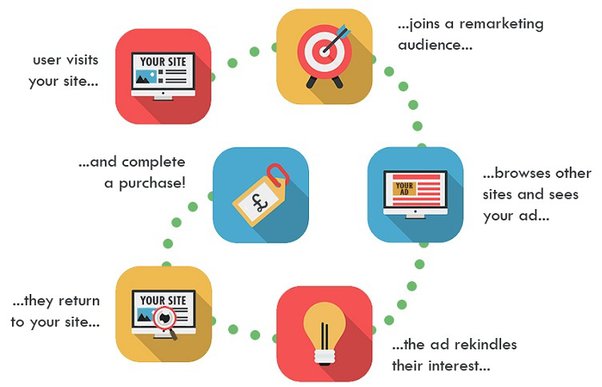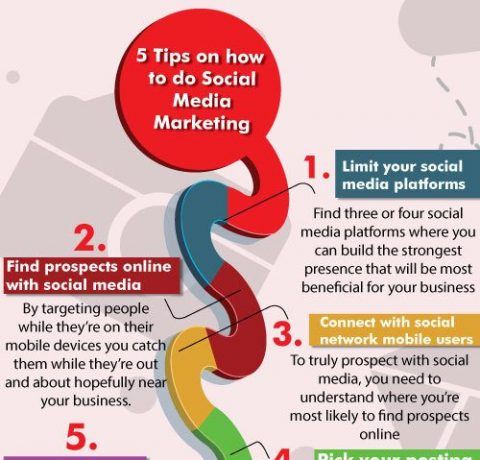
Social media is an effective tool for healthcare professionals. However, there are a few things that you need to know before using it. Social media can be a dangerous place for health information. Twitter and Facebook have been devoted hubs of information on the latest coronavirus epidemic. Users can post inaccurate and misleading information, so it's important for medical professionals to fact-check them. Also, ensure you check the privacy settings on every account to ensure they are not violating any other person's information.
Social media in healthcare: challenges
Despite the growing use of social media for healthcare, not all stakeholders have been ready to make the change. Stakeholders in healthcare, including clinicians, academic centers, and ministries of health, often lack understanding of the dangers of posting health information on these platforms. Many people are not aware of the potential health risks and harms that posting health information can cause and choose to ignore them.
Patients who use social media to improve their health may end up choosing a different doctor based on conversations with others. This could lead to a shorter relationship between doctors and patients. Some patients will even seek out second opinions after negative experiences with a current physician. Some patients may change their doctors simply by talking to other patients online. While we don't know how widespread this phenomenon is, there are signs that it could be a problem.
Social media and public health: Impact of social networks
Although the adoption of social networks may seem minor for some health services, they are becoming more important in community engagement. Healthy People 2020 states that a key goal for health departments is to improve access to health information and services. SHD conducted a baseline study to assess the health department's use of social media. It also examined the most popular tools and how the platforms are used.

These companies are responding to concerns about the potential impact of social media on public and private health. Social media platforms often have community guidelines and Terms Of Use that regulate what content can be shared. They have implemented systems to deal with violators who become aware of their actions. Some even report violators back to law enforcement. These measures cannot address all of the issues associated with public health promotion in this context.
Use social media to improve healthcare
Patients who utilize social media for health-related issues benefit from this form of communication. Social media interactions help healthcare professionals establish an equal relationship with patients, while also promoting better understanding of their condition. Patients can use these websites to voice their concerns, and also get feedback on treatments. This allows both the healthcare provider and the patient to understand how other people react to new techniques. Social media is essential for improving healthcare services.
Hospitals and health organizations can use social media to quickly inform consumers about hospital operations or emergency rooms. Social media also provides a venue to communicate with the public in times of natural disasters. For instance, in 2009 the U.S. Centers for Disease Control and Prevention used Twitter to update citizens about the spread H1N1 viruses. In other recent events, healthcare organizations have used social media to keep in touch with patients.
HIPAA guidelines for medical professionals using social media in healthcare
HIPAA guidelines have several important implications for medical professionals who use social networks in their practices. For example, posting PHI on Facebook or Twitter is prohibited unless the patient has given their express consent. Patient consent is required for any images or other information that may contain PHI. Violating HIPAA can result in fines of up to $1,500 and as much as 10 years in jail. Violators can also be fired. However, it is easy to follow HIPAA guidelines on social media use in healthcare.

First, any content posted on social media sites should never contain protected health information (PHI). PHI is information which can be used for the purpose of identifying an individual patient. PHI is not allowed to be used in social media posts. Updated guidelines have been issued by the American Association of State and Provincial Licensing Boards for healthcare professionals on social media. These regulations should be followed when you use social media sites within your practice.
FAQ
What are the differences between content strategies?
Content strategy is a general term that describes all aspects of how content is created, managed, distributed, measured, and optimized for digital channels. It encompasses more than what you post on social networks like Facebook and Twitter. It also includes what content you select to highlight on your blog, website, and other online properties.
Content strategy is important because it defines how you decide where you focus your time and effort, which content types you should use, and what type of messages you send to your audiences.
It's all about understanding how content fits into your overall business goals and objectives in order to help achieve them.
What are the seven steps of content marketing
The seven-step process of content marketing involves:
-
Identify the problem
-
Find out what's currently working
-
Find new ideas
-
These strategies can be developed
-
Try them
-
Take measurements
-
Continue the process until you find a solution.
This strategy has proven to be effective for both small and large businesses.
Is Content Marketing Strategy right to me?
If you already know what you want to say, then a Content Marketing Strategy will work perfectly for you.
But if you're unsure where to start, here are some questions to ask:
What does my business need to communicate? Or, do you want content that is universally appealing?
Do I want to focus on generating leads or converting visitors into buyers?
Am I trying to promote one product or multiple products?
Am I interested in reaching people outside of my industry?
If you answered "yes" to any of these questions, then a Content Marketing strategy is exactly what you need.
Statistics
- According to research compiled by Coschedule: Companies that publish 16+ blog posts a month get as much as 3.5x as much traffic as those that publish 0-4 posts a month. (criteo.com)
- An example of an overarching goal could be: "In 2022, we want to achieve a 20% increase in revenue created by organic content and generate 15,000 MQLs with a budget of $30,000." (semrush.com)
- Measure your goals with a progress indicator of 0-100%. Make your goals collaborative and transparent (semrush.com)
- We found that 40% of businesses don't have a documented strategy yet. (semrush.com)
- Companies that use content marketing see approximately 30% higher growth rates than businesses not using it. (mailchimp.com)
- According to our research, 65% of companies with very successful content marketing in 2021 ran content audits at least twice a year. (semrush.com)
- Content marketing produces 3X more leads per dollar spent. Content marketing costs 62% less than traditional marketing. (criteo.com)
- Seventy-two percent business to business (B2B) (mailchimp.com)
External Links
How To
What are the best content-marketing platforms?
While no platform works for all industries, there are some that work well in certain industries. Hubspot has been demonstrated to increase conversions by nearly half, making it a widely-used tool for marketers.
All tools are not created equal. Some tools offer better analytics tracking while others make it easier to collaborate between teams. Others offer A/B testing features that can help improve your content marketing ROI.
Before you decide to choose a platform, consider the following: Which platforms have the best pros and cons? Does it suit my needs now or in the future? And what about in 2 years?
Entrepreneur Magazine lists the top five content-marketing platforms.
Marketo Content Studio: Content Marketing Platform #1
Marketo is an enterprise social media management software provider. It offers a wide range of products, including CRM software and social publishing tools.
A content studio is also available that allows businesses to access a collection of pre-made graphics and templates that can be customized into custom designs.
This means that you don't need to spend time creating graphics or writing original content. Instead, focus on creating content that is relevant to your audience.
Marketo makes it easy for you to upload videos and images to your blog posts. This allows you to make your posts visually appealing and increase engagement with your readers.
Marketo requires that you upload your files to Marketo in order to edit them.
Trello, Content Marketing Platform #2: Trello
Trello works in the same way as Kanban boards when it comes to project management. Both have task lists on which users can assign tasks and monitor progress.
Trello allows team members to create their own boards and assign them specific responsibilities. Trello allows workers to easily share information.
Trello isn't dependent on any special software, unlike Kanban boards. It can be used on any device.
Trello is a great way to invite people and collaborate on projects without having access to sensitive data.
This means that you can create a private Board and share only the most important details with those who need it to complete a task.
Google Suite: Content Marketing Platform 3.
Google has many products for business owners. Google Docs, Sheets and Slides are all part of the company's G Suite.
It is important to remember that these applications can't be free. You'll need to pay per user. If you intend to use them multiple times, there are many plans that start at $5 per monthly.
To create a new document and embed a link to another website, two licenses would be required.
You can create one document for free if you only need it.
Google tools can be integrated with other apps such as Gmail. This is a huge advantage. Google tools are easy to use and allow you to email links to documents. You can also store data in Google Drive.
Content Marketing Platform 4: Hubspot
HubSpot is a popular web-based tool for marketing that provides a wide range of functions.
Users can manage various aspects of their websites, landing pages, and blogs through its platform. For instance, they can create automated emails and track conversions.
HubSpot is also compatible with Salesforce and WordPress. This means you can connect all three platforms.
HubSpot integrates with more than 200 third-party applications. This is one of its most important features. This allows you to automate your processes and generate reports based off real-time information.
While you won't be able to publish content directly from HubSpot, you can export it into many formats, including HTML, PDF, and Word.
HubSpot provides a free trial version for pricing. However, once you upgrade to a premium account, you have unlimited access.
HubSpot offers a variety of solutions, including a blog platform and an eCommerce solution.